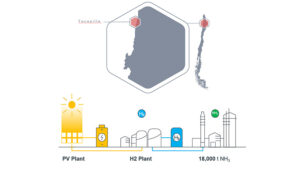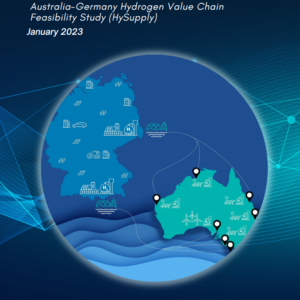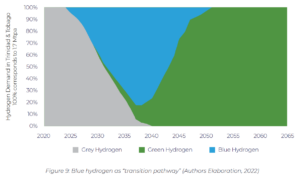Coupling solid oxide electrolysis to ammonia production
In our January episode of Ammonia Project Features, we explored the current commercial status of solid oxide electrolysis, and its potential to be integrated with ammonia production. Rick Beuttel (Bloom Energy) and Jakob Krummenacher (LSB industries) also discussed the utilization of the technology in a new decarbonization project at LSB’s ammonia plant in Pryor, Oklahoma.









